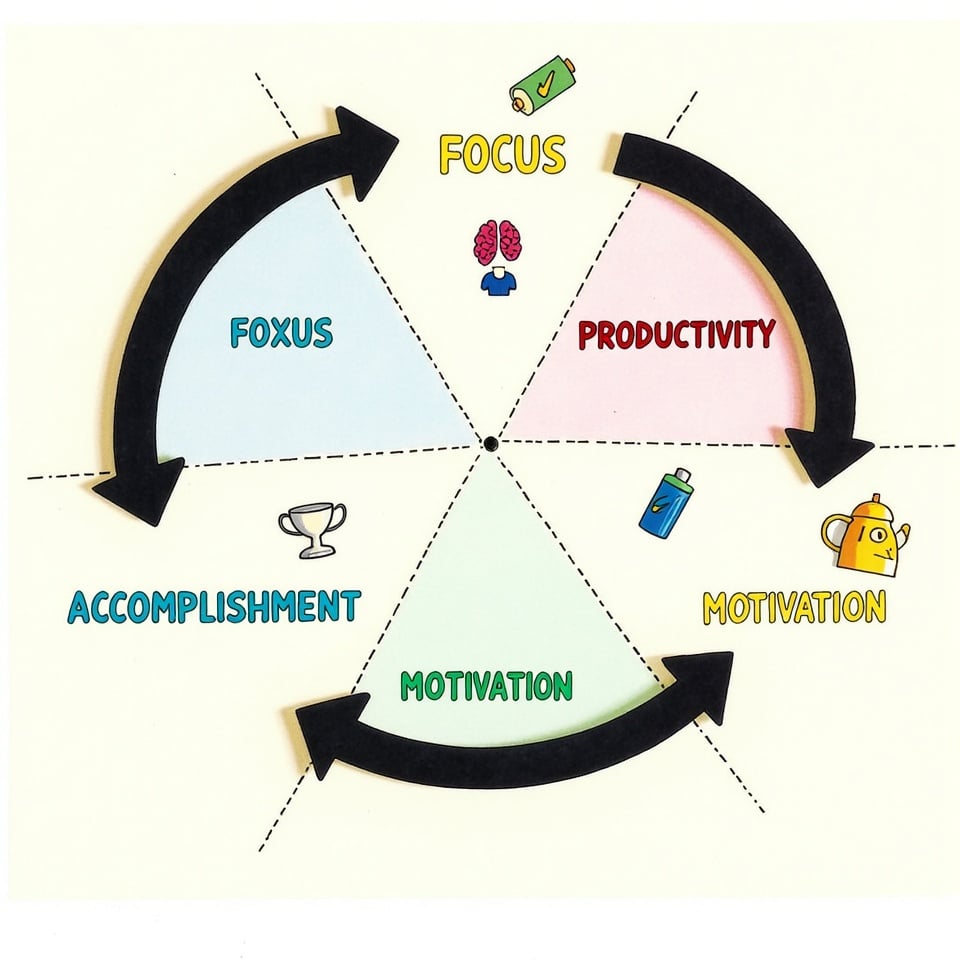Life and death, the fundamental bookends of human existence, have long fascinated thinkers across disciplines. This 2035-word essay explores the complex interplay between these universal themes, offering a comprehensive look at philosophical, cultural, scientific, and personal perspectives on mortality and vitality.
We’ll journey through ancient philosophical concepts, diverse cultural practices, cutting-edge scientific research, and psychological insights into how humans grapple with their finite existence. The essay also considers how modern technology is reshaping our understanding of life and death.
By examining these varied viewpoints, this sample essay aims to provide students, researchers, and curious readers with a multifaceted understanding of life and death, encouraging deeper reflection on these essential aspects of the human experience.
Sample Life and Death Essay: The Interplay of Life and Death: A Multifaceted Exploration
Life and death are the most fundamental aspects of human existence, shaping our experiences, beliefs, and the very fabric of our societies. As we navigate the complexities of living, we are constantly aware of our mortality, which influences our choices, relationships, and understanding of the world around us. This essay delves into various perspectives on life and death, examining philosophical, cultural, scientific, and personal viewpoints to provide a comprehensive exploration of these universal themes.
Philosophical Perspectives:
Throughout history, philosophers have grappled with questions about the nature of life and death, seeking to understand their meaning and implications for human existence. From ancient Greek thinkers to modern existentialists, the contemplation of life and death has been central to philosophical inquiry.
Plato and the Immortal Soul:
Plato, one of the most influential philosophers of ancient Greece, believed in the immortality of the soul. He argued that the physical body was merely a temporary vessel for the eternal soul, which existed before birth and continued after death. In his dialogue “Phaedo,” Plato presents the idea that true knowledge and wisdom can only be attained when the soul is freed from the constraints of the physical body through death.
This concept of an immortal soul has had a profound impact on Western philosophy and religious thought. It suggests that our essence transcends our physical existence, offering comfort in the face of mortality and providing a framework for understanding the purpose of life as a journey of spiritual growth and enlightenment.
Epicurus and the Fear of Death:
In contrast to Plato’s view, the ancient Greek philosopher Epicurus argued that death should not be feared. He reasoned that since we do not experience anything after death, there is no reason to fear it. Epicurus famously stated, “Death is nothing to us, since when we are, death has not come, and when death has come, we are not.”
This perspective encourages individuals to focus on living a fulfilling life rather than being preoccupied with the fear of death. Epicurus advocated for finding happiness and contentment in the present moment, emphasizing the importance of friendship, simple pleasures, and freedom from pain.
Existentialism and the Absurdity of Life:
In the 20th century, existentialist philosophers like Jean-Paul Sartre and Albert Camus grappled with the apparent meaninglessness of life in the face of inevitable death. Camus, in particular, explored the concept of the absurd – the tension between our desire for meaning and purpose in life and the indifferent, often chaotic nature of the universe.
In his essay “The Myth of Sisyphus,” Camus uses the Greek mythological figure Sisyphus, condemned to eternally roll a boulder up a hill, as a metaphor for the human condition. He argues that despite the apparent futility of life, we can find meaning and purpose through our own choices and actions, embracing the absurdity of existence with defiance and creativity.
These philosophical perspectives on life and death continue to influence modern thought, encouraging us to contemplate our place in the universe and find meaning in our finite existence.
Cultural Perspectives:
Different cultures around the world have developed unique beliefs, rituals, and practices surrounding life and death. These cultural perspectives shape how individuals and societies approach mortality, grieving, and the concept of an afterlife.
Ancient Egyptian Beliefs:
The ancient Egyptians had a complex and elaborate system of beliefs regarding death and the afterlife. They believed that the soul continued to exist after death and that proper preparation was essential for a successful journey to the afterlife. This led to the development of intricate mummification processes and the construction of elaborate tombs filled with possessions for the deceased to use in the next life.
The Book of the Dead, a collection of spells and instructions, was often buried with the deceased to guide them through the challenges of the afterlife. This emphasis on preparation for death and the belief in an eternal existence beyond the physical world profoundly influenced Egyptian society and culture.
Buddhist Concepts of Life and Death:
Buddhism offers a unique perspective on life and death, centered around the concepts of karma, rebirth, and the ultimate goal of liberation from the cycle of birth and death (samsara). In Buddhist thought, death is seen not as an end but as a transition, with one’s actions and intentions in life determining the nature of their rebirth.
The Buddhist practice of mindfulness encourages individuals to be fully present in each moment, accepting the impermanence of all things, including life itself. This acceptance of change and transience is seen as a path to reducing suffering and achieving enlightenment.
Mexican Day of the Dead:
The Mexican holiday Día de los Muertos (Day of the Dead) offers a vibrant and celebratory approach to remembering and honoring the deceased. Rather than viewing death with fear or sadness, this tradition embraces it as a natural part of the human experience. Families create colorful altars, prepare favorite foods of the departed, and visit cemeteries to commune with the spirits of their loved ones.
This cultural practice demonstrates how attitudes towards death can be shaped by communal beliefs and traditions, transforming what might be seen as a somber occasion into a joyful celebration of life and remembrance.
Scientific Perspectives:
As our scientific understanding of the world has advanced, so too has our knowledge of the biological processes underlying life and death. Modern scientific research has provided insights into the nature of life, the aging process, and the physiological aspects of death.
From a scientific perspective, defining life has proven to be a complex task. While there is no single, universally accepted definition, most scientists agree on several key characteristics of living organisms. These include the ability to grow, reproduce, maintain homeostasis, respond to stimuli, and evolve through natural selection.
Recent discoveries in astrobiology and the study of extremophiles (organisms that thrive in extreme environments) have expanded our understanding of what conditions can support life. This research has implications not only for our understanding of life on Earth but also for the search for life on other planets.
The Biology of Aging:
Scientific research into the aging process has revealed that it is not simply a matter of wear and tear on the body, but a complex biological process influenced by genetics, environment, and lifestyle factors. Studies on telomeres, the protective caps at the ends of chromosomes, have shown that their gradual shortening over time is linked to cellular aging and the development of age-related diseases.
Understanding the mechanisms of aging has led to research into potential interventions to extend human lifespan and improve health in later years. While the prospect of significantly extending human life remains controversial, this research has already yielded insights that can help improve quality of life as we age.
The Physiology of Death:
Advances in medical science have provided a more detailed understanding of the physiological processes that occur during death. The moment of death is no longer seen as a single event but as a series of processes that shut down the body’s systems. This understanding has led to improvements in end-of-life care and has raised ethical questions about the definition of death in the context of organ donation and life support technologies.
Research into near-death experiences and the study of consciousness at the end of life continue to challenge our understanding of the boundary between life and death, raising intriguing questions about the nature of consciousness and its relationship to physical brain function.
Personal and Psychological Perspectives:
While philosophical, cultural, and scientific perspectives offer valuable insights into life and death, personal experiences and psychological factors play a crucial role in shaping individual attitudes towards mortality.
Grief and Loss:
The experience of losing a loved one is a universal human experience that profoundly impacts our understanding of life and death. Grief is a complex emotional process that can involve a range of feelings, including sadness, anger, guilt, and even relief. Psychologists have developed models to understand the grieving process, such as Elisabeth Kübler-Ross’s five stages of grief (denial, anger, bargaining, depression, and acceptance), while recognizing that individual experiences of grief can vary widely.
The way we cope with loss and integrate it into our lives can significantly influence our attitudes towards our own mortality and the value we place on our relationships and experiences.
Death Anxiety and Terror Management Theory:
The awareness of our own mortality can be a source of significant anxiety for many individuals. Terror Management Theory, proposed by social psychologists, suggests that much of human behavior is motivated by the need to manage the anxiety that arises from our awareness of death. According to this theory, cultural worldviews and self-esteem serve as buffers against death anxiety, providing a sense of meaning and value that transcends our physical existence.
Understanding how death anxiety influences human behavior can provide insights into various aspects of society, from religious beliefs to political ideologies and consumer behavior.
Finding Meaning in the Face of Mortality:
For many individuals, the awareness of death serves as a powerful motivator to find meaning and purpose in life. This can manifest in various ways, such as pursuing personal goals, contributing to society, creating art, or nurturing relationships. The concept of a “bucket list” – a list of experiences or achievements one hopes to accomplish before dying – reflects this desire to make the most of our limited time.
Psychologist Viktor Frankl, drawing from his experiences as a Holocaust survivor, developed logotherapy, a therapeutic approach based on the idea that the primary motivational force in humans is the search for meaning. Frankl argued that even in the most dire circumstances, individuals can find meaning and purpose, which can help them endure suffering and find fulfillment in life.
The Impact of Technology on Life and Death:
Advancements in technology have significantly impacted our relationship with life and death, raising new ethical questions and altering traditional practices.
Medical Technology and the Prolongation of Life:
Modern medical technologies have dramatically increased human life expectancy and altered the experience of dying. Intensive care units, life support systems, and organ transplantation have made it possible to sustain life in situations that would have been fatal in the past. While these advancements have saved countless lives, they have also raised complex ethical questions about the quality of life, the right to die, and the allocation of medical resources.
The development of gene editing technologies like CRISPR raises the possibility of eliminating genetic diseases and potentially extending human lifespan even further. These possibilities bring with them a host of ethical considerations about the nature of human life and the implications of dramatically altering our biology.
Digital Afterlife and Virtual Immortality:
The digital age has introduced new concepts of immortality through the preservation of digital legacies. Social media accounts, digital archives, and even AI-powered chatbots that mimic deceased individuals raise questions about how we remember and interact with the dead in the 21st century. Some companies now offer services to manage digital assets after death, ensuring that one’s online presence can continue even after physical death.
Virtual and augmented reality technologies also offer new ways to memorialize and interact with representations of deceased loved ones, blurring the lines between life and death in unprecedented ways.
Conclusion:
The interplay between life and death is a complex and multifaceted subject that touches every aspect of human existence. From ancient philosophical debates to cutting-edge scientific research, from diverse cultural practices to deeply personal experiences, our understanding of life and death continues to evolve.
As we navigate the challenges and opportunities of the 21st century, it is clear that our relationship with mortality will continue to shape our individual lives and collective societies. The ongoing dialogue between different perspectives – philosophical, cultural, scientific, and personal – enriches our understanding and helps us grapple with the fundamental questions of existence.
Ultimately, the contemplation of life and death serves not only to prepare us for the inevitable but also to inspire us to live more fully, cherish our relationships, and find meaning in our finite existence. As we face the uncertainties of the future, our evolving understanding of life and death will undoubtedly play a crucial role in shaping the human experience for generations to come.







